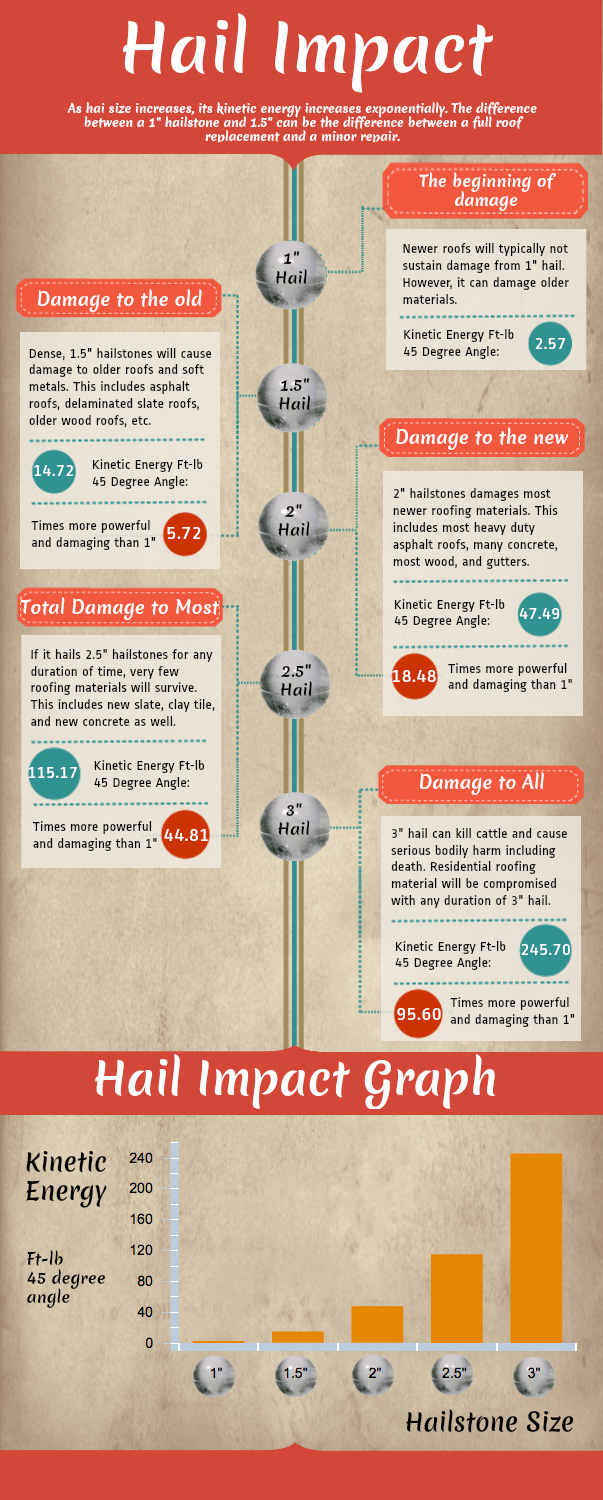Stopping Working To Attend To Roof Covering Ventilation Might Cause Considerable Damage; Check Out The Critical Variables That Add To An Effective Installation And Shield Your Economic Commitment.
Stopping Working To Attend To Roof Covering Ventilation Might Cause Considerable Damage; Check Out The Critical Variables That Add To An Effective Installation And Shield Your Economic Commitment.
Blog Article
Content By-Lassiter Ploug
When you're taking on a roofing task, you may not believe much concerning roofing system ventilation, but it's more critical than you recognize. Effective ventilation helps manage temperature level and dampness in your attic, avoiding problems like mold and mildew and structural damages. By understanding how to develop and install a well balanced ventilation system, you can improve energy performance and lengthen the lifespan of your roof products. So, what are the crucial factors to consider throughout installation that can make all the distinction?
Value of Roofing Ventilation
Roofing ventilation plays an important function in maintaining the total health of your home. By enabling fresh air to flow via your attic room, it assists manage temperature level and wetness degrees. This equilibrium is vital to protect against heat build-up throughout hot months, which can cause increased energy costs as your cooling burns the midnight oil.
Moreover, appropriate ventilation dramatically lowers the risk of moisture-related concerns like mold and mildew and mold. If moisture levels increase, your home's structural integrity can be jeopardized, leading to costly fixings. https://www.businessobserverfl.com/article/authorities-roofing-firm-exec-bought-dollar700k-boat-with-ppp-funds wouldn't wish to handle decaying wood or deformed roofing materials, right?
Furthermore, sufficient air flow prolongs the lifespan of your roof. When heat and moisture are kept in check, your roof covering can do ideally, stopping premature damage. This suggests fewer headaches and expenditures down the line.
How Roofing System Air Flow Works
Efficient roof covering air flow relies upon the natural activity of air to develop a balance in between intake and exhaust. When you install vents, you're essentially permitting fresh air to enter your attic room while allowing warm, stagnant air to get away. This procedure aids control temperature and moisture degrees, preventing problems like mold and mildew development and roof covering damages.
Consumption vents, typically found at the eaves, pull in trendy air from outside. On the other hand, exhaust vents, located near the ridge of the roof, let hot air surge and leave. The difference in temperature produces a natural airflow, referred to as the pile impact. As cozy air increases, it develops a vacuum that pulls in cooler air from the lower vents.
To enhance this system, you require to make certain that the intake and exhaust vents are properly sized and positioned. If the intake is limited, you won't attain the preferred air flow.
Similarly, not enough exhaust can catch heat and dampness, causing possible damages.
Key Installation Considerations
When setting up roof ventilation, numerous crucial factors to consider can make or damage your system's effectiveness. Initially, you require to assess your roofing's layout. The pitch, shape, and products all influence airflow and ventilation selection. See to it to select vents that match your roof covering type and neighborhood climate problems.
Next, think about the positioning of your vents. Ideally, you'll desire a balanced system with intake and exhaust vents placed for optimal air flow. Location consumption vents low on the roofing system and exhaust vents near the height to encourage an all-natural flow of air. This configuration helps avoid dampness accumulation and promotes energy effectiveness.
Don't ignore insulation. Appropriate insulation in your attic room stops warm from running away and keeps your home comfy. Make san antonio kitchen remodeling that insulation doesn't block your vents, as this can prevent airflow.
Finally, consider upkeep. Choose ventilation systems that are easy to gain access to for cleaning and assessment. Regular upkeep guarantees your system continues to function successfully over time.
Verdict
To conclude, roof covering ventilation is necessary for an effective installation. By making certain correct air movement, you can avoid warm build-up and wetness problems that cause costly damages. When you tactically placement intake and exhaust vents, you boost energy performance and prolong the lifespan of your roof covering. Remember, a well-ventilated roof covering not only secures your investment but additionally boosts your indoor air high quality. So, focus on ventilation to guarantee a resistant and cost-effective roof for your home.
